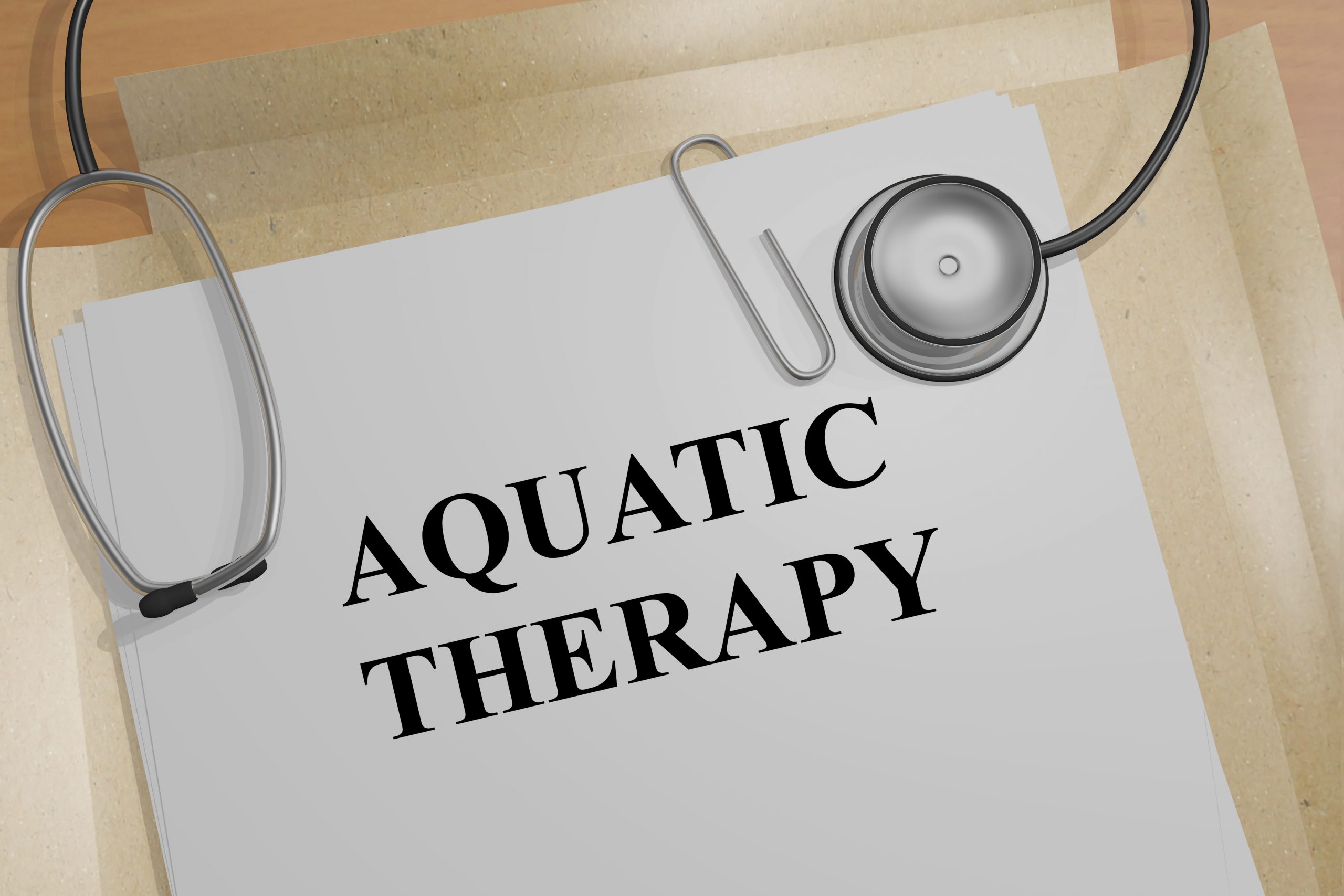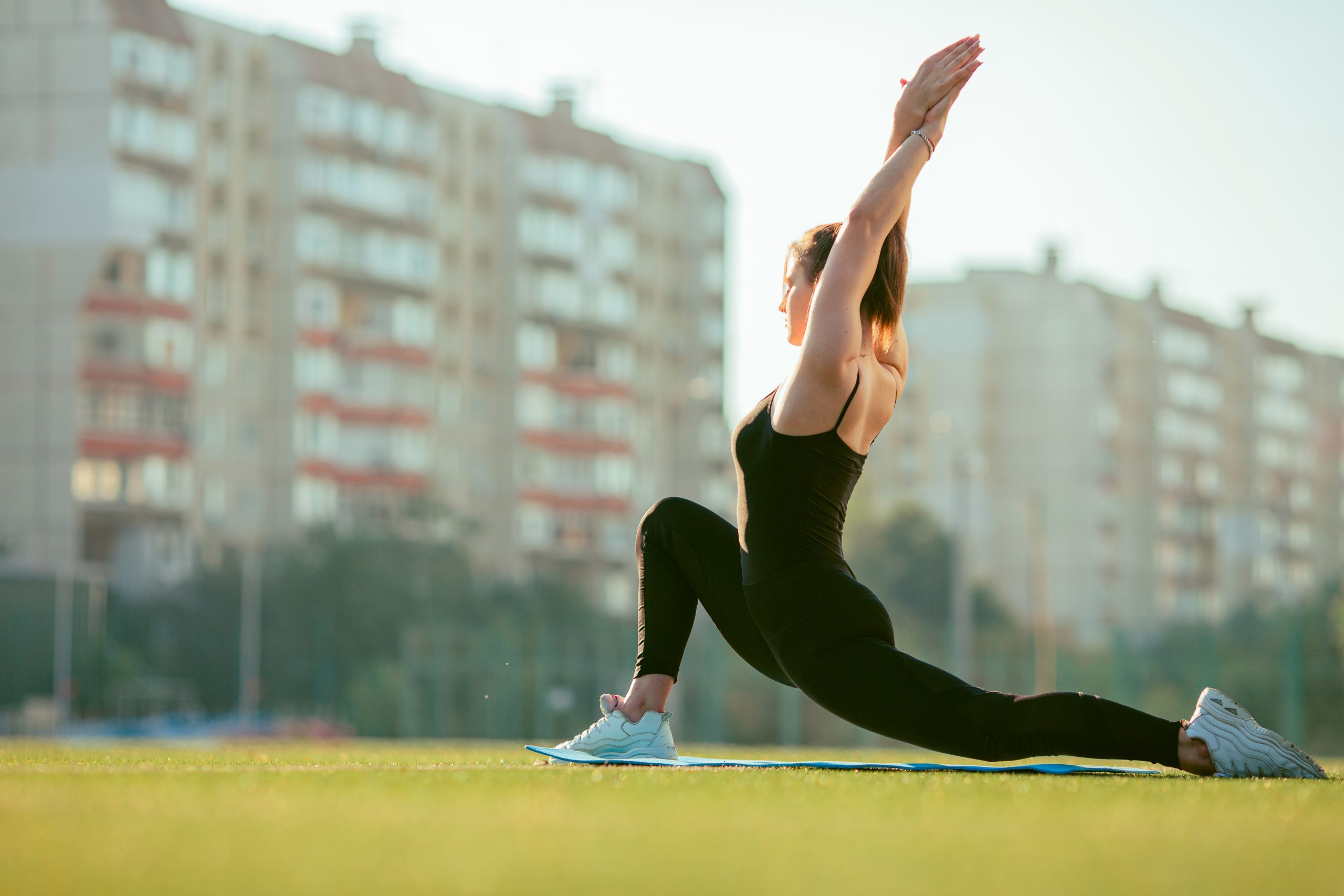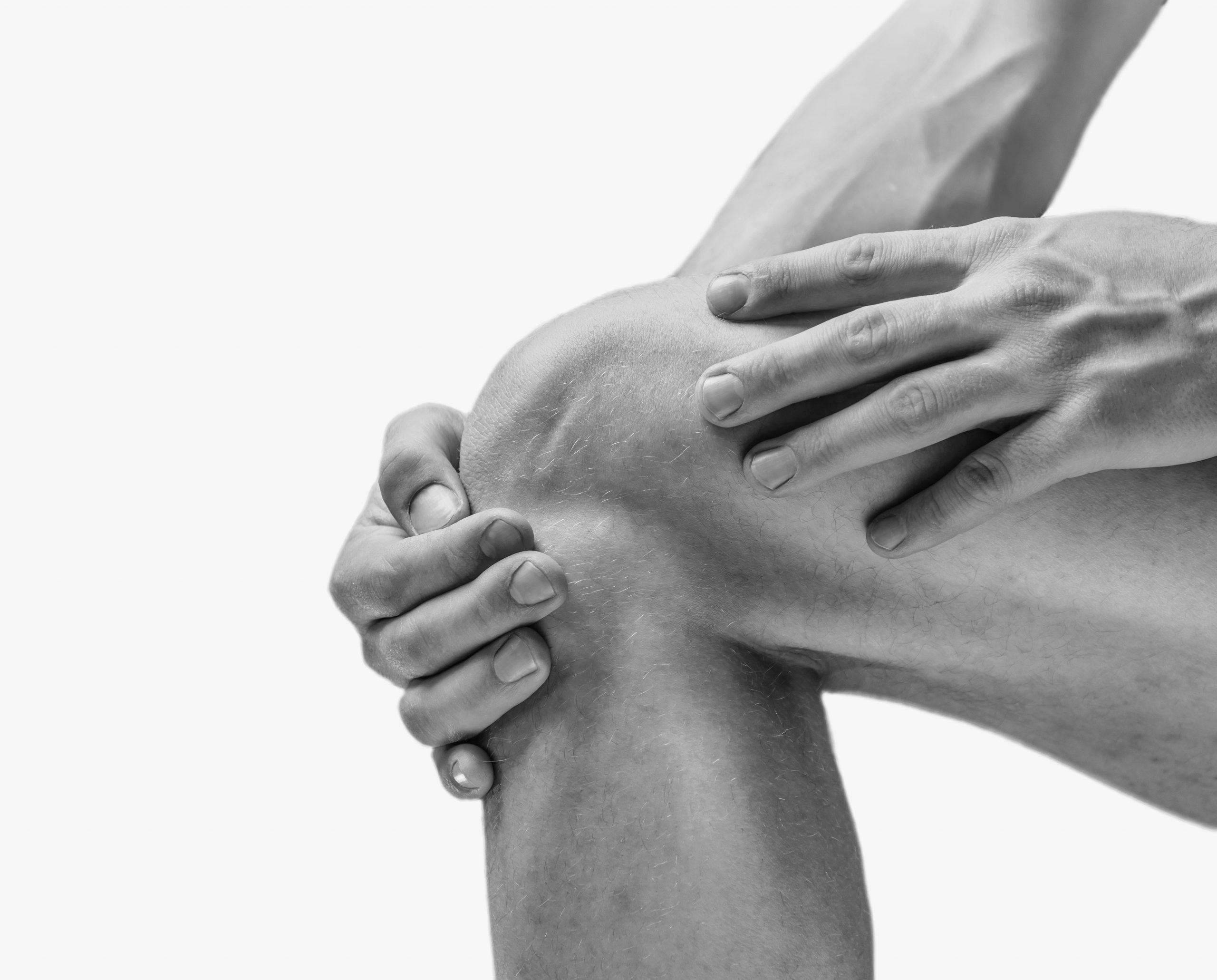For individuals with joint pain, finding exercise routines that are gentle on the joints while still providing effective pain relief can be challenging. One excellent option is aquatic exercise, which involves performing physical activities in water. The buoyancy and resistance of water create a low-impact environment that can alleviate joint pain and offer a range of benefits for overall well-being. In this article, we will explore the specific benefits of aquatic exercise for joint pain relief.
- Reduced Impact on Joints: Water provides buoyancy, which helps to support the body and reduce the impact on joints during exercise. The buoyant force of water reduces the stress and compression that gravity places on the joints, making movements more comfortable and less painful. This allows individuals with joint conditions, such as arthritis or osteoarthritis, to engage in exercise without exacerbating their pain.
- Increased Range of Motion: Aquatic exercise allows for a greater range of motion compared to land-based activities. The water’s buoyancy supports the body, reducing the effects of gravity and allowing for freer movement. This increased range of motion is particularly beneficial for individuals with joint stiffness or limited mobility. Through regular aquatic exercise, joints can experience gentle stretching and improved flexibility, leading to enhanced joint function and reduced pain.
- Resistance and Strength Training: Water provides natural resistance, making aquatic exercise an effective way to build strength and improve muscle tone. The resistance of the water challenges the muscles throughout the entire range of motion, helping to strengthen and stabilize the joints. Stronger muscles can help alleviate joint stress, enhance joint stability, and provide better support, reducing pain and improving overall joint function.
- Low-Impact Cardiovascular Workout: Aquatic exercise offers the opportunity for cardiovascular exercise without the high impact on joints associated with land-based activities like running or jumping. Water provides resistance, which requires the body to work harder to move through it. This increases heart rate and provides a low-impact cardiovascular workout that promotes cardiovascular health and endurance while minimizing stress on the joints.
- Improved Balance and Posture: The supportive nature of water helps individuals improve their balance and posture. The water’s buoyancy assists in maintaining stability during exercises, allowing individuals to focus on proper body alignment and balance control without fear of falling or causing excessive strain on the joints. By improving balance and posture, aquatic exercise can reduce joint stress and minimize the risk of injuries.
- Enhanced Relaxation and Pain Relief: The hydrostatic pressure of water has a therapeutic effect on the body, promoting relaxation and pain relief. The pressure exerted by the water can reduce inflammation and swelling in the joints, providing relief for individuals with conditions such as arthritis. Additionally, the sensation of being in water can have a calming effect on the mind and body, further contributing to pain reduction and relaxation.
- Increased Overall Well-being: Engaging in regular aquatic exercise not only benefits joint health but also improves overall well-being. Exercise releases endorphins, which are natural pain-relieving and mood-boosting chemicals in the brain. The low-impact nature of aquatic exercise allows individuals to experience the benefits of physical activity without the discomfort associated with high-impact exercises. This can lead to improved mood, reduced stress, and enhanced overall quality of life.
Before starting any new exercise regimen, it is important to consult with a healthcare professional, especially if you have pre-existing joint conditions or medical concerns. They can provide guidance on appropriate exercises, intensity, and duration based on your individual needs.
In conclusion, aquatic exercise offers numerous benefits for joint pain relief. The reduced impact on joints, increased range of motion, resistance training, cardiovascular workout, improved balance and posture, relaxation and pain relief, and enhanced overall well-being make it an excellent choice for individuals





